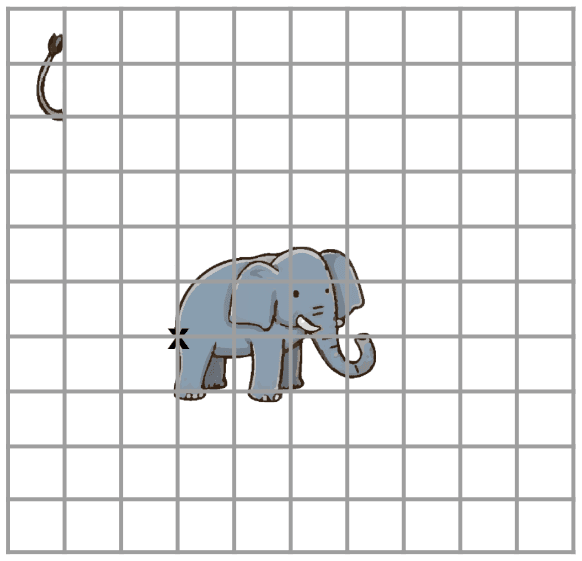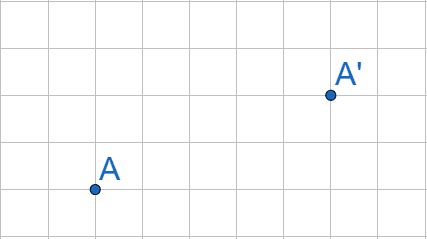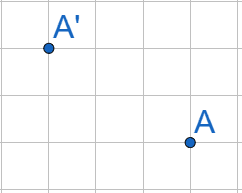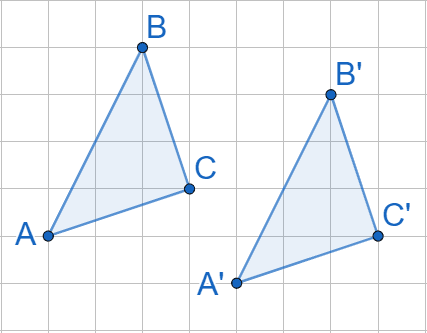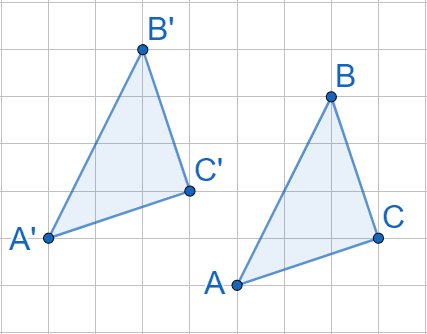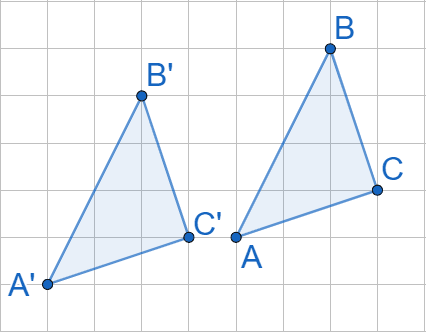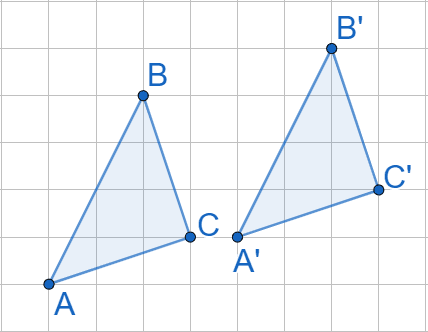Checking and securing understanding of translations
I can describe a translation using column notation and carry out the translation of a point.
Checking and securing understanding of translations
I can describe a translation using column notation and carry out the translation of a point.
Link copied to clipboard
These resources will be removed by end of Summer Term 2025.
Switch to our new teaching resources now - designed by teachers and leading subject experts, and tested in classrooms.
These resources were created for remote use during the pandemic and are not designed for classroom teaching.
Lesson details
Key learning points
- It can be helpful to choose a vertex and translate that.
- Once all the vertices have been translated, the image can be drawn.
- The image and the object should be congruent.
- To translate, you need to know the distance left/right and up/down to move.
Keywords
Translation - Translation is a transformation in which every point of a shape moves the same distance in the same direction.
Congruent - If one shape can fit exactly on top of another using rotation, reflection or translation, then the shapes are congruent.
Vector - A vector can be used to describe a translation.
Vertex - A vertex is the point where two or more line segments meet. The plural is vertices.
Displacement - Displacement is the distance from the starting point when measured in a straight line.
Common misconception
Pupils may write or read the column vector incorrectly by thinking the top element is for the vertical movement and the bottom element is for the horizontal movement.
Remind pupils that coordinates are horizontal before vertical and that is the same on a column vector.
To help you plan your year 11 maths lesson on: Checking and securing understanding of translations, download all teaching resources for free and adapt to suit your pupils' needs...
To help you plan your year 11 maths lesson on: Checking and securing understanding of translations, download all teaching resources for free and adapt to suit your pupils' needs.
The starter quiz will activate and check your pupils' prior knowledge, with versions available both with and without answers in PDF format.
We use learning cycles to break down learning into key concepts or ideas linked to the learning outcome. Each learning cycle features explanations with checks for understanding and practice tasks with feedback. All of this is found in our slide decks, ready for you to download and edit. The practice tasks are also available as printable worksheets and some lessons have additional materials with extra material you might need for teaching the lesson.
The assessment exit quiz will test your pupils' understanding of the key learning points.
Our video is a tool for planning, showing how other teachers might teach the lesson, offering helpful tips, modelled explanations and inspiration for your own delivery in the classroom. Plus, you can set it as homework or revision for pupils and keep their learning on track by sharing an online pupil version of this lesson.
Explore more key stage 4 maths lessons from the Vectors unit, dive into the full secondary maths curriculum, or learn more about lesson planning.

Licence
Starter quiz
6 Questions
Exit quiz
6 Questions
4 right, 3 down
4 right, 3 up
4 left, 3 down
4 left, 3 up
